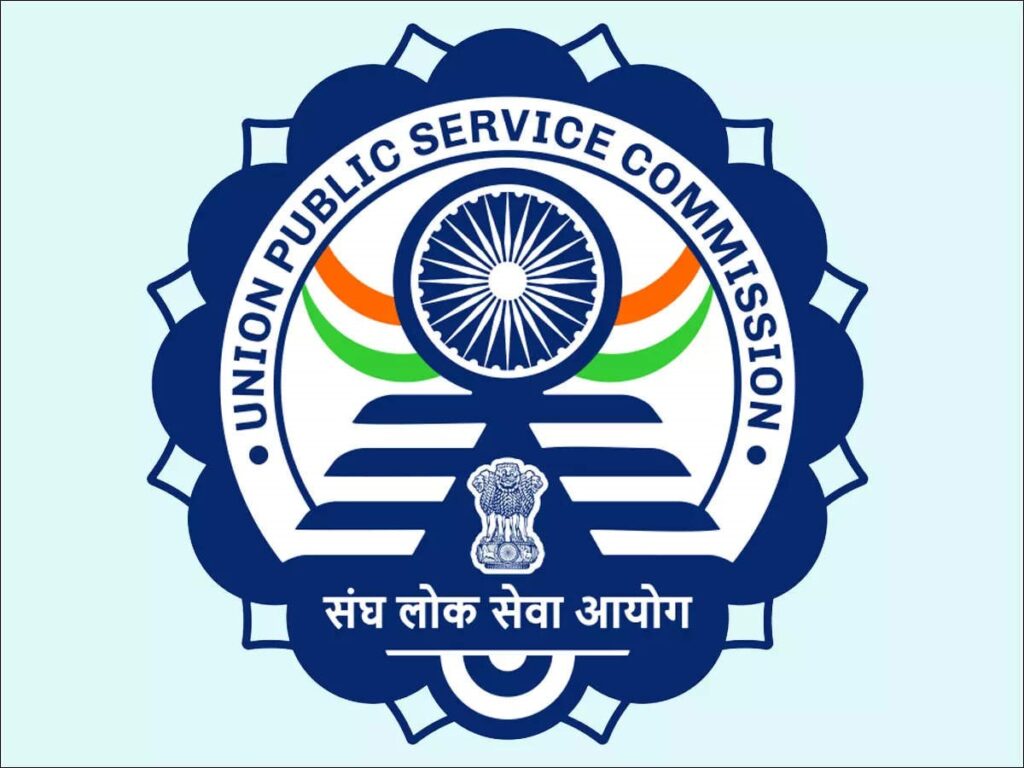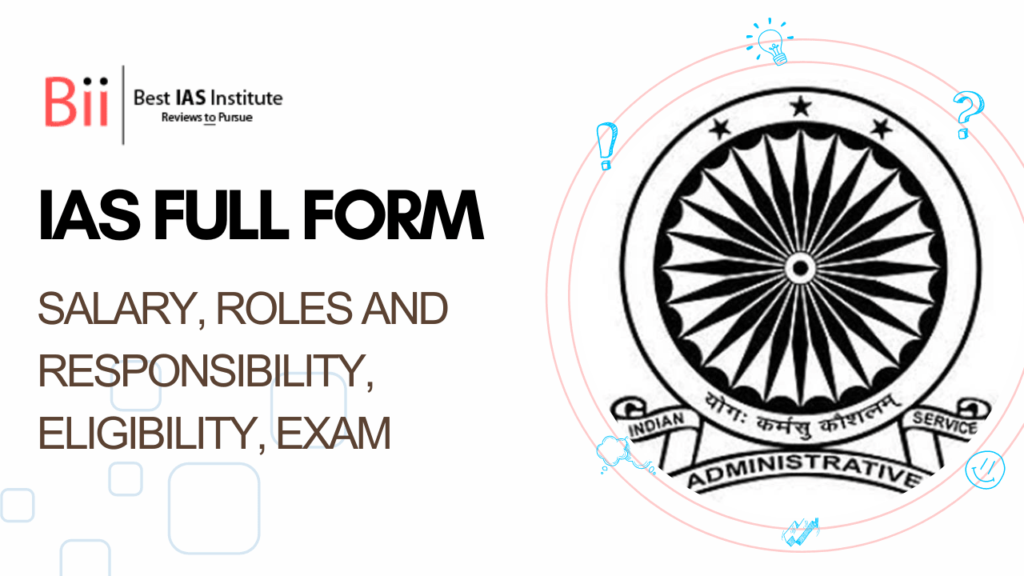What is OECD full form?

The OECD full form is Organization for Economic Cooperation and Development and it is an international alliance of 38 member countries that aims at making society better as a whole and they are required to maintain stability in the economic, social, and environmental environment of member countries.
What is OECD ?
Established in 1961, The Organization for Economic Cooperation and Development (OECD) is an intergovernmental economic organization with 38 member countries and to promote economic development and global trade. The Organization for Economic Cooperation and Development’s (OECD’s) aim is to shape policies that foster prosperity, opportunity. The most recent countries to join the OECD were Colombia, in April 2020, and Costa Rica, in May 2021. OECD is basically a think-tank or monitoring group that is an official Permanent Observer to the United Nations.
History of OECD
In the year 1948, the Organization for European Economic Co-operation (OEEC) was established to distribute the Marshall Plan aid for the countries of Western Europe. The Marshall Plan is a US- sponsored and governed by the Organization for European Economic Co-operation (OEEC) and it was renamed as the Organization for Economic Cooperation and Development (OECD) in 1961, to reflect the inclusion of the United States of America and Canada, and in 1961 became fully operational .
Objectives of OECD
The objectives of the Organization for Economic Co-operation and Development are to: ·
- The main objective is to Increase economic growth and job creation.
- Improve living standards by addressing inequalities in income, poverty, social inclusion, and other aspects of social and economic life.
- Promote open and fair commercial and investment policies in order to increase member countries’ access to new markets and their capacity to compete in the global economy.
- To promote sustainable development, the organization works to address environmental and social related issues, from climate change to energy security and energy production.
- To foster policy dialogue between member countries, the organization provides an opportunity for them to exchange experiences and learn from each other’s experiences, as well as to promote policy dialogue on topics of mutual interest.
Member Countries of OECD
Following are the Member countries, at present, there are 38 member countries of the OECD;
| Sr. No. | Country | Joined OECD |
| 1 | Australia | 1971 |
| 2 | Austria | 1961 |
| 3 | Belgium | 1961 |
| 4 | Canada | 1961 |
| 5 | Chile | 2010 |
| 6 | Colombia | 2020 |
| 7 | Costa Rica | 2021 |
| 8 | Czech Republic | 1995 |
| 9 | Denmark | 1961 |
| 10 | Estonia | 2010 |
| 11 | Finland | 1969 |
| 12 | France | 1961 |
| 13 | Germany | 1961 |
| 14 | Greece | 1961 |
| 15 | Hungary | 1996 |
| 16 | Iceland | 1961 |
| 17 | Ireland | 1961 |
| 18 | Israel | 2010 |
| 19 | Italy | 1961 |
| 20 | Japan | 1964 |
| 21 | Korea (South) | 1996 |
| 22 | Latvia | 2016 |
| 23 | Lithuania | 2018 |
| 24 | Luxembourg | 1961 |
| 25 | Mexico | 1994 |
| 26 | Netherlands | 1961 |
| 27 | New Zealand | 1973 |
| 28 | Norway | 1961 |
| 29 | Poland | 1996 |
| 30 | Portugal | 1961 |
| 31 | Slovak Republic | 2000 |
| 32 | Slovenia | 2010 |
| 33 | Spain | 1961 |
| 34 | Sweden | 1961 |
| 35 | Switzerland | 1961 |
| 36 | Turkey | 1961 |
| 37 | United Kingdom | 1961 |
| 38 | United States | 1961 |
| 39 | Columbia | 2020 |
| 40 | Costa Rica | 2021 |
Structure of OECD
The internal structure of the Organization for Economic Co-operation and Development (OECD) is made up of several bodies working together to achieve its objectives which is given below;
- These bodies include the Secretariat, the Council, the DAC, and the Executive Committee. The Secretariat is the administrative body of the organization and is headed by the Secretary-General.
- The Council is the governing body of the organization, made up of representatives of each member country, and is responsible for setting the organization’s direction and priorities, making decisions on its budget, and other matters.
- The DAC is a forum for the DAC to discuss and coordinate the development policies of the donor countries. The DAC has over 200 different committees and working groups composed of experts from the member countries.
- The DAC conducts research and provides policy advice on a variety of topics, including economic policy, trade policy, education, and environment policy.
- The Executive Committee is the sub-body of the Council and monitors the activities of the DAC, making recommendations to the Council related to the Organization’s direction and priorities.
Functions of OECD
The main tasks and duties of the Organization for Economic Co-operation and Development (OECD) include:
- Publishing and updating model tax conventions, which serve as a model for the allocation of taxation rights among countries.
- Peer-review the performance of member countries, where the performance of each member country is evaluated by the other member countries.
- OECD provides economic studies and statistical databases, as well as assessments and projections of the global economic situation.
- OECD recently published a research analysis entitled ‘The long view: Scenario for the world economy to 2060’.
- OECD strives to eliminate bribery and other forms of financial crimes around the world. OECD maintains a list of non-cooperating tax havens, and works with G-20 member countries to promote tax reform.
Funding’s of OECD
The main source of funding for the OECD comes from its member countries. Each country contributes to the organization’s budget on a set-as-you-go basis. The formula for each country’s contribution is based on its size and wealth relative to the rest of the world. The organization also has other sources of funding, including contracts for projects or activities and revenue generated by publications and other goods and services.
Other Full Form of OECD
| Particulars | Field | Full Form |
| OECD full form | International Economics | Organization for Economic Co-operation and Development |
| OECD full form | Education | Online Education and Career Development |
| OECD full form | Healthcare | Optimal Emergency Care Division |
| OECD full form | Environmental Science | Oceanic and Environmental Conservation Directorate |
| OECD full form | Technology | Optical Electronics and Communication Devices |
| OECD full form | Social Work | Outreach and Empowerment for Community Development |
| OECD full form | Finance | Operational Expenditure Control Department |
Conclusion
The OECD Full Form is the Organization for Economic Cooperation and Development is a hope for countries working together to bring about positive change on a global stage. Since its inception, the Organization for Economic Cooperation and Development has stayed true to its core mission of enhancing well-being through better policies, through rigorous research, sound policy advice, and forward-looking initiatives. This has resulted in economic development, sustainable growth, and improved well-being for people in the member and partner countries. By fostering cooperation among a broad array of economies, exchanging best practices, and tackling complex challenges, the Organization has played a critical role in advancing the global development agenda. In this article, we have discuss in detail about OECD full form & its related information.



